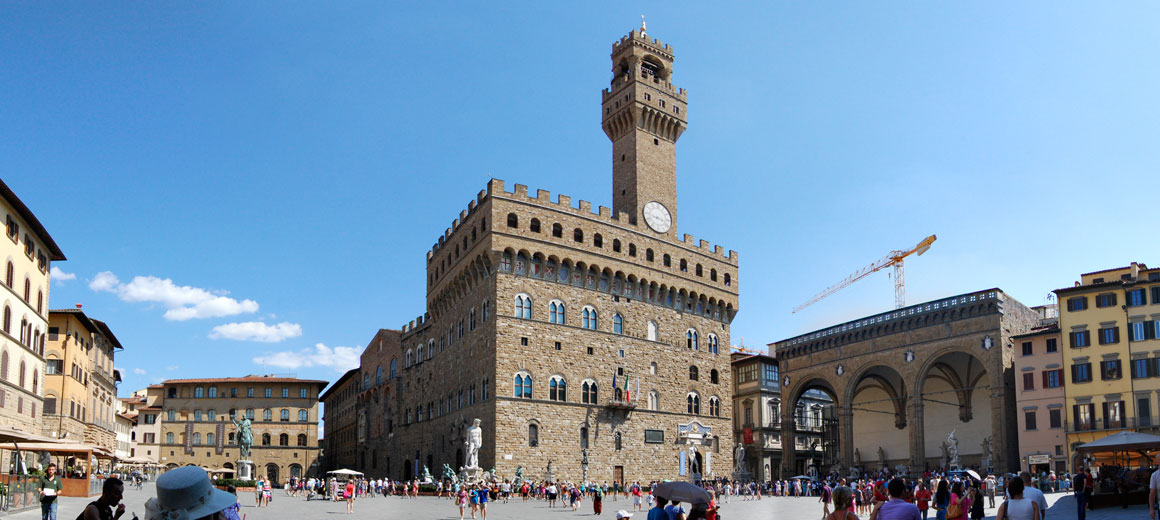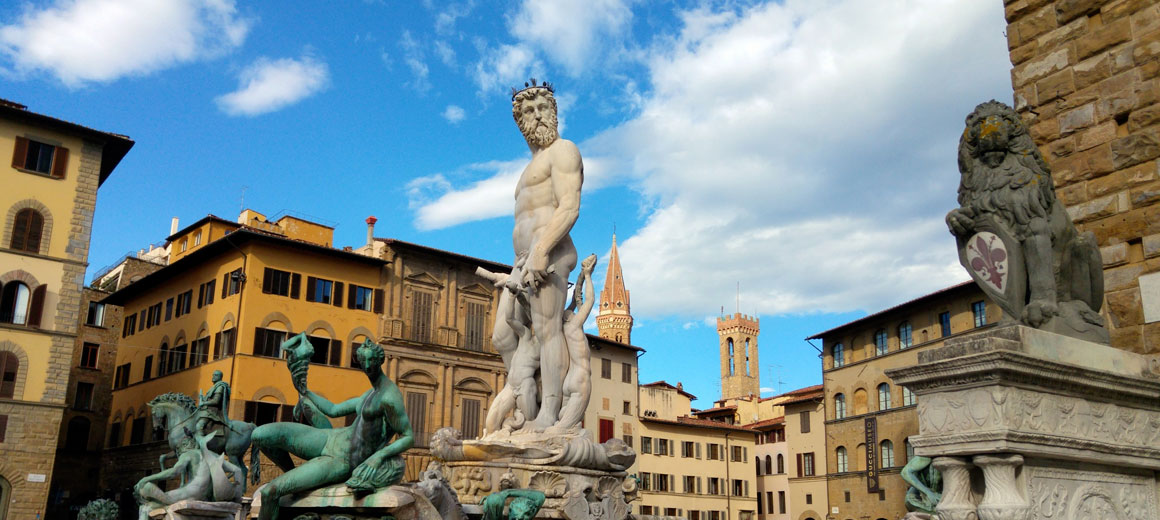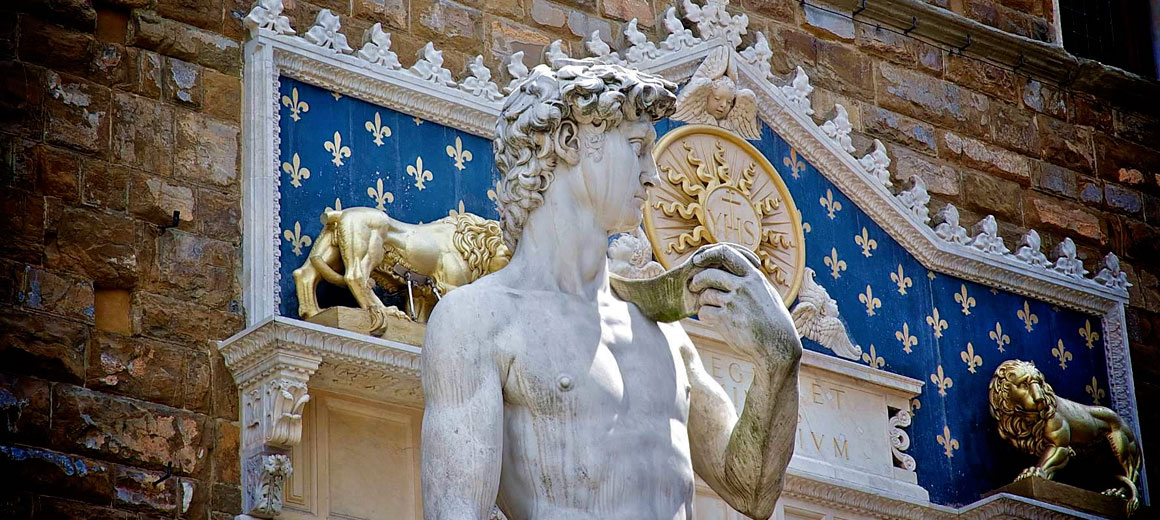FLORENCE HOTEL PALAZZUOLO PIAZZA DELLA SIGNORIA
Piazza della Signoria has been the centre of Florentine politics since early in the republic's history. It was in 1268 when, upon the ruins of 36 houses that were demolished, this famous "L" shape square became history: no other buildings were ever constructed to take their place. The square's name derives from the Palace, designed by Arnolfo di Cambio in 1298, where the "signoria", the government of the Republic, resided.
The palace continued to maintain its political function in Florence during the reign of the Medici and later under Duke Cosimo I, who resided there between 1540 and 1565.
Later, in 1565, when the Grand Duke's family decided to move to the new Pitti Palace, Palazzo della Signoria began to be known as Palazzo Vecchio. It's one of the most visited open air attractions of the city with a number of sculptures displayed under the elegant arches of the Loggia, which were erected for the public ceremonies of the Signoria.
The great sculptures lined up in front of the facade of Palazzo Vecchio include probably the most famous which is the copy of David by Michelangelo replacing the original in the late last century.
The square is bordered by a series of houses; among them the Tribunal of the Mercanzia, 16th century Palazzo Uguccioni and the palace containing the Alberto Della Ragione Collection.
Its 21 rooms contain 250 Italian paintings from the period between 1910-1950. In The square was repaved 1980 and were discovered substantial remains of many of the buildings that stood here in antiquity. After studies were done by the Board of Architectural Assets the area was confirmed as being the site of the first human settlement, that was founded across the Arno, while the Neolithic remains that were discovered dated back even earlier than the foundation of the Roman city.


